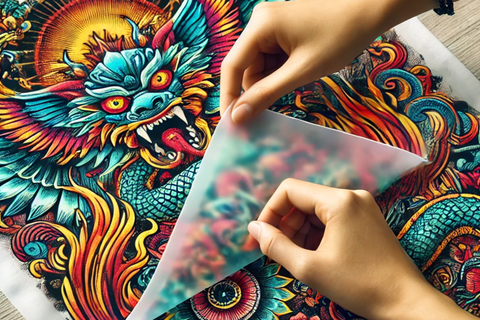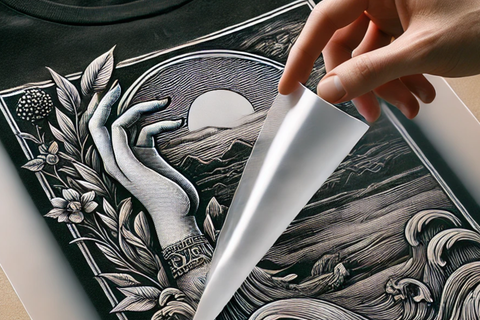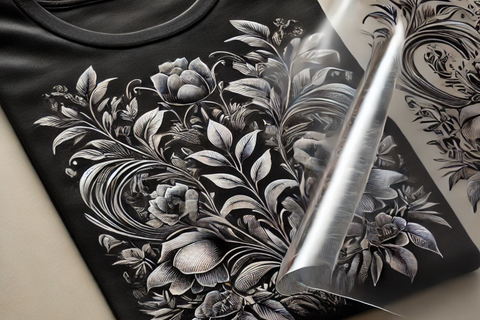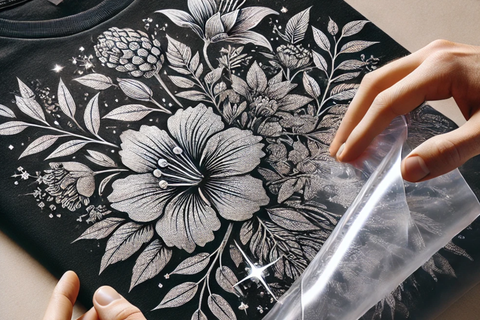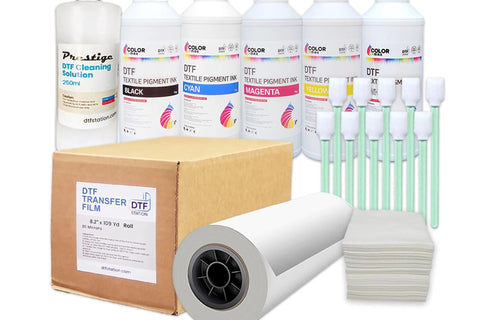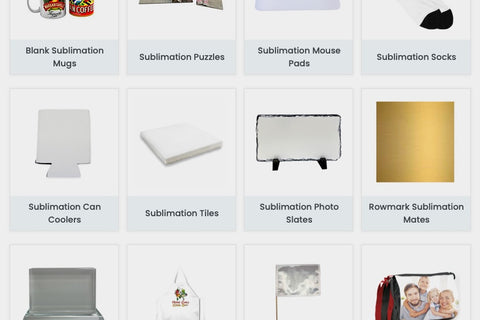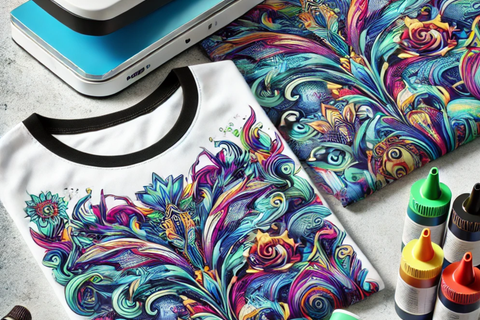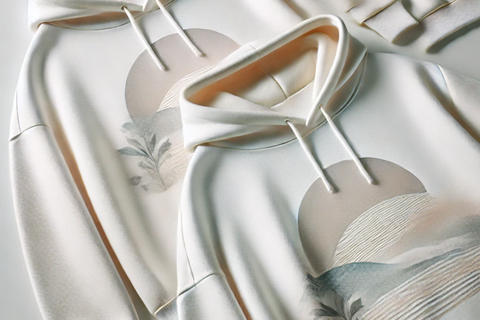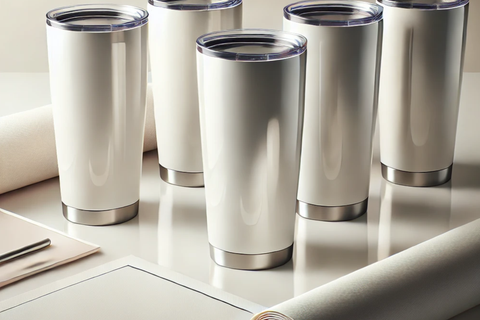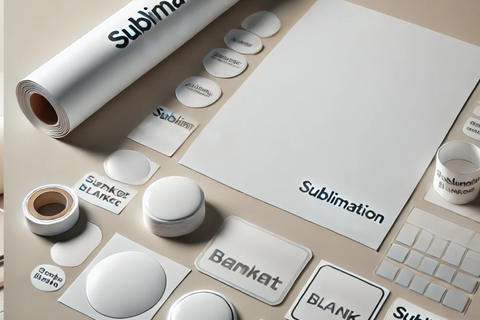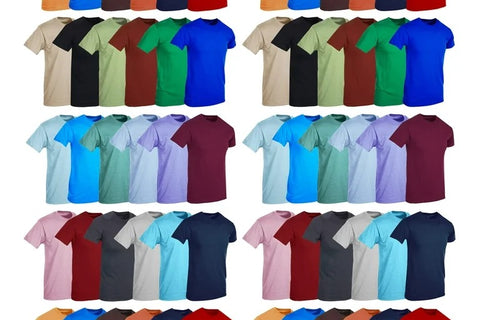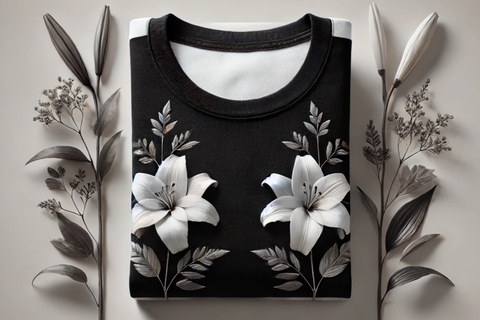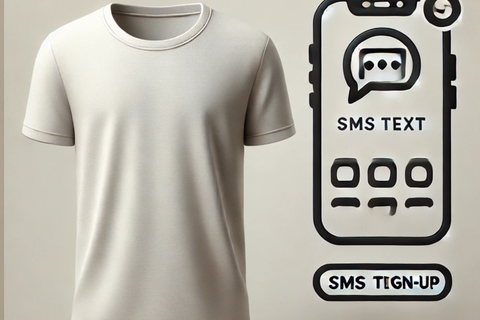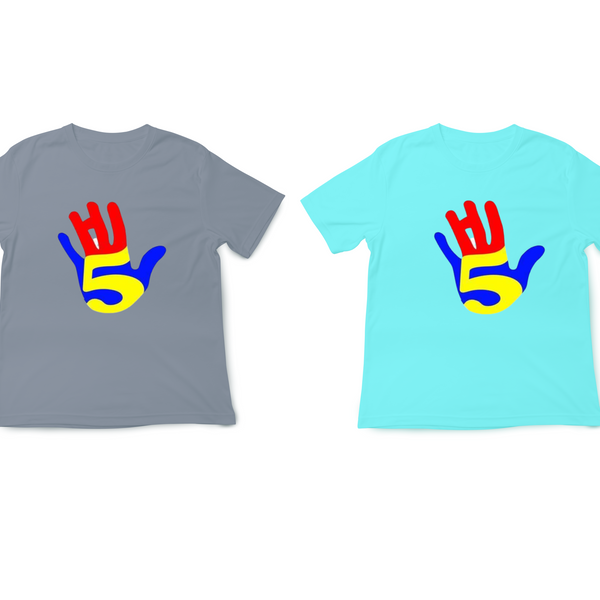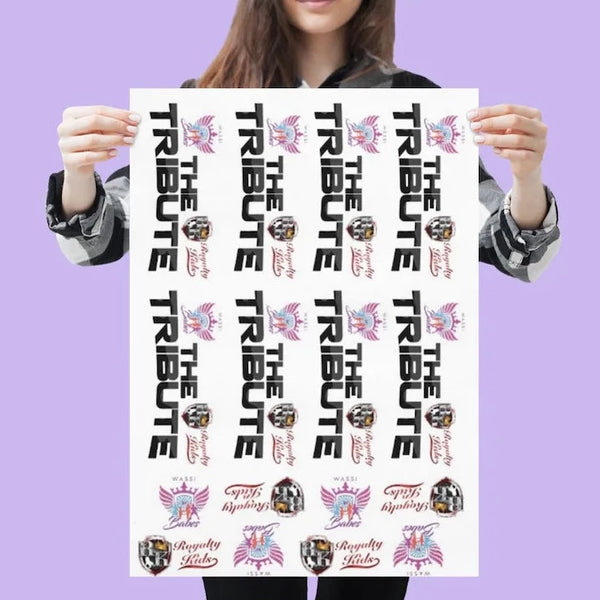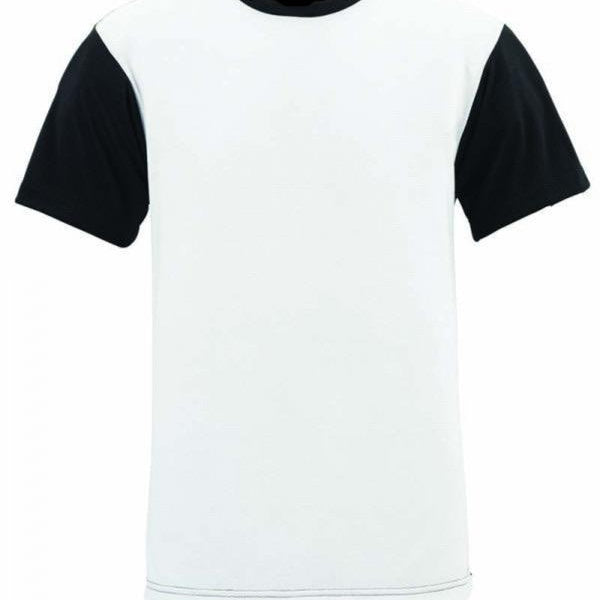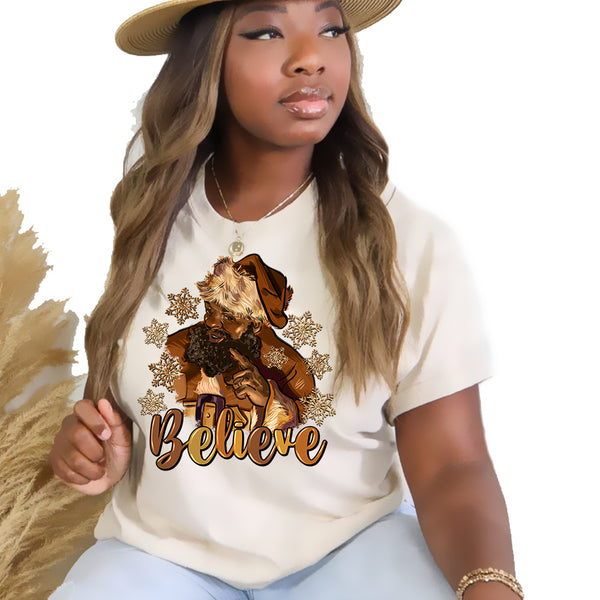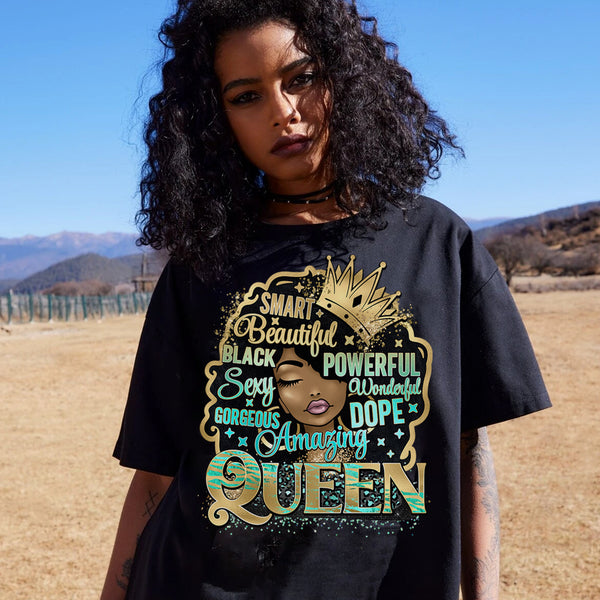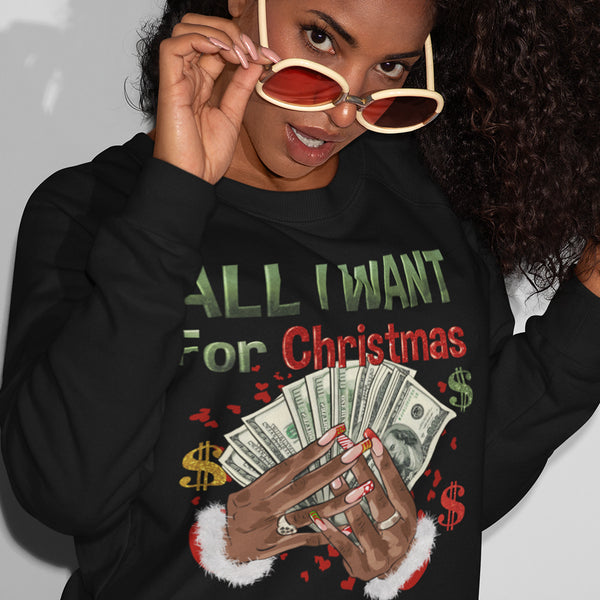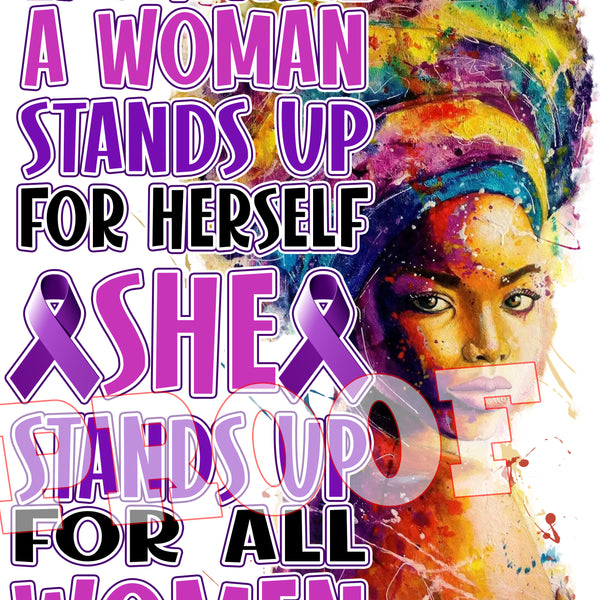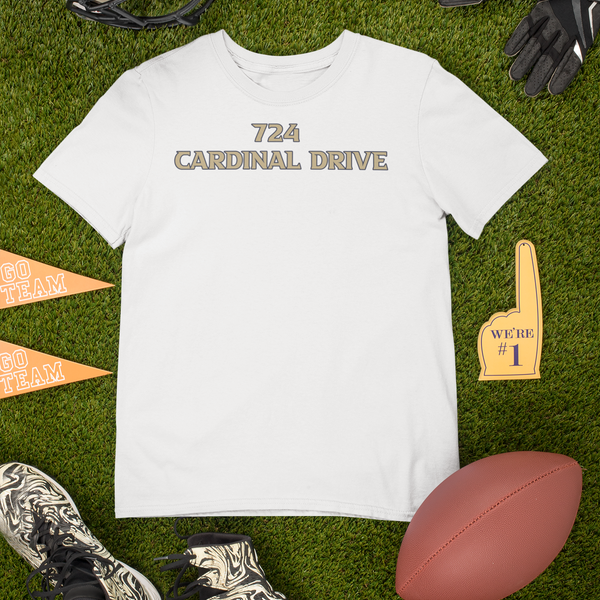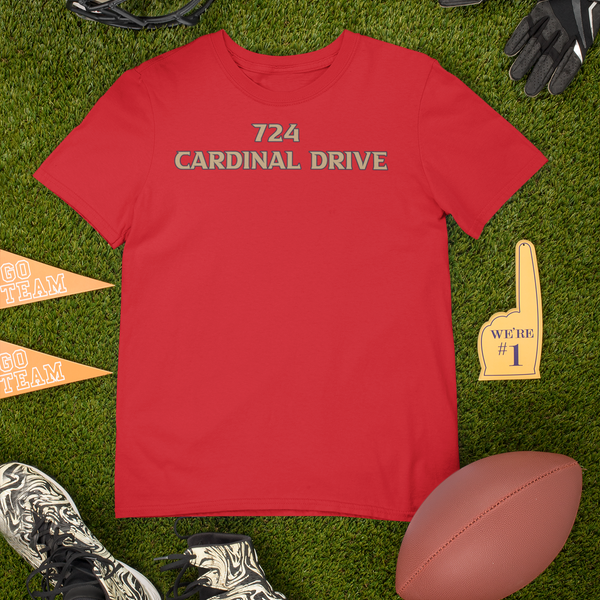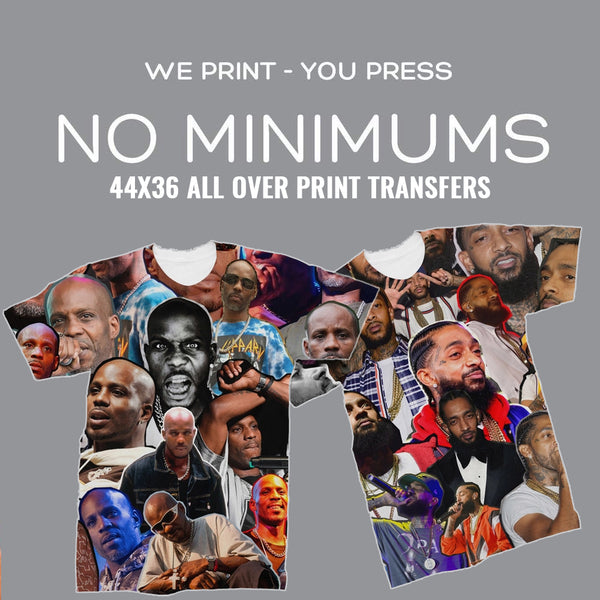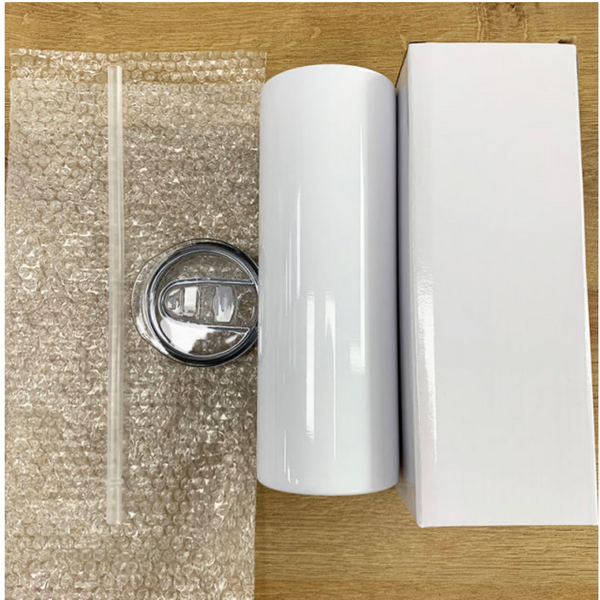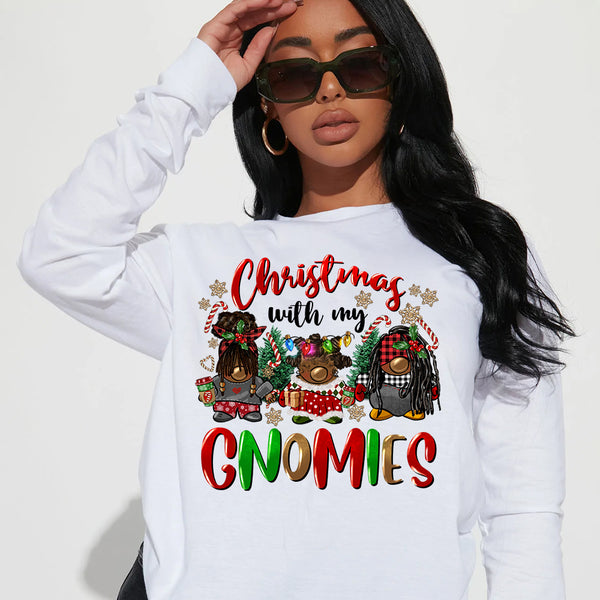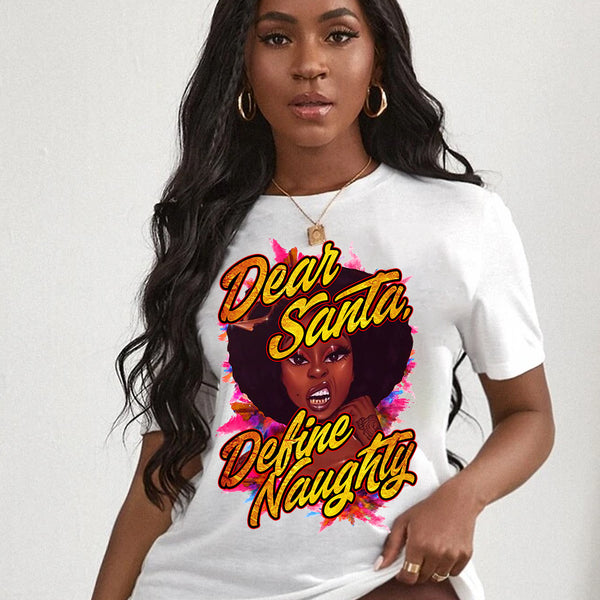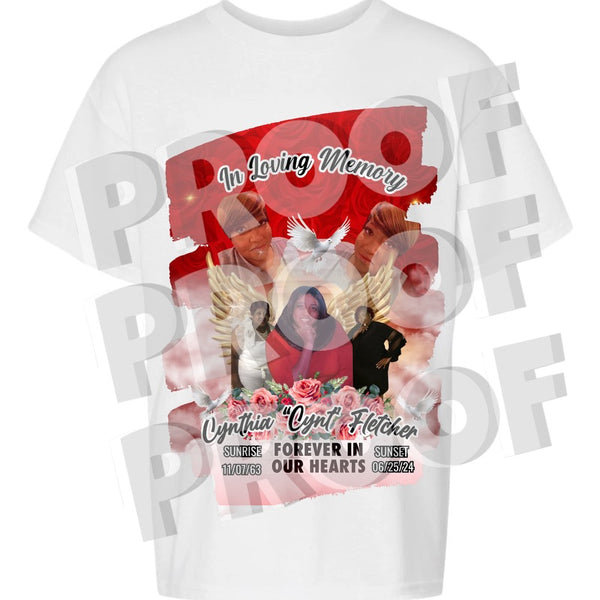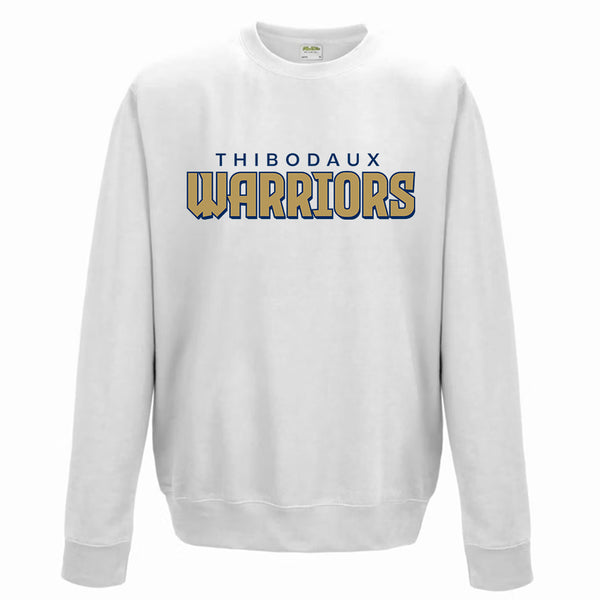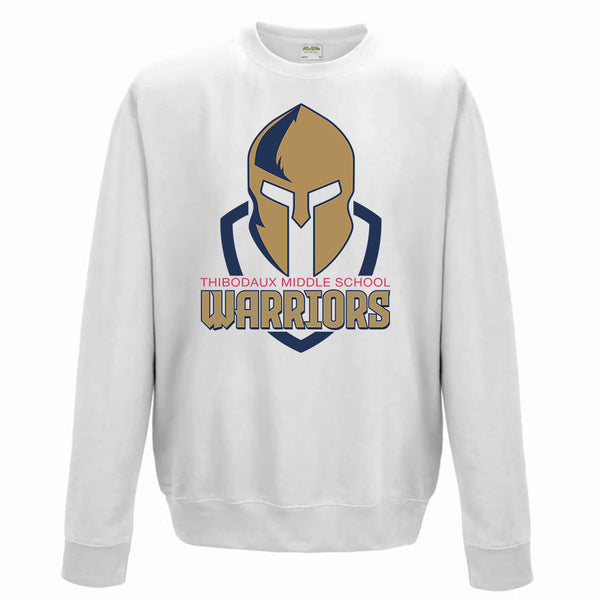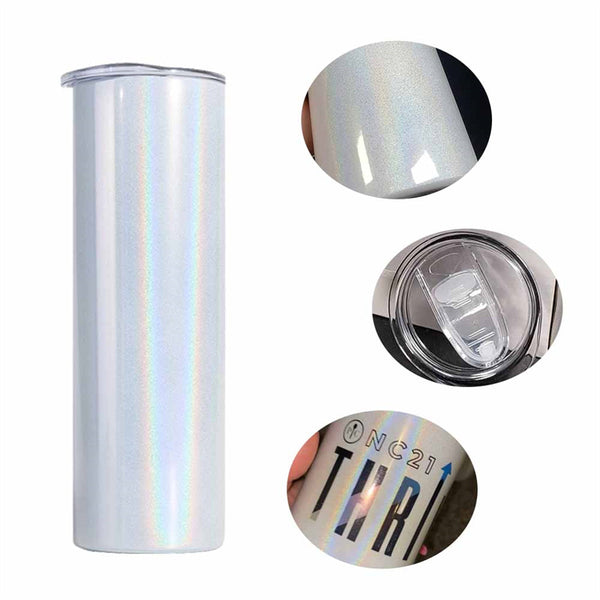Choosing between DTF vs. DTG is not just a comparison; it's a final decision that determines which methodology you should choose for your printing business. If you explore these two options, you will understand the capabilities, costs, print quality, and long-term scalability. Fortunately, this guide offers you a deep dive into DTG and DTF printing methods. So, here you go!
DTG vs. DTF Printing
Here is the detailed comparison between direct-to-garment and direct-to-film printing:
What Is DTG Printing?
Direct-to-Garment (DTG) printing is quite old and a great method of printing designs directly onto textiles, especially cotton fabrics, with the help of inkjet technology. In the early 2000s to 2015, inkjet‑style printers were adapted to apply water‑based inks directly onto garments.
DTG provides high-resolution, full-color images that print quickly in a short time. DTG printing is known for its vibrant colors and soft feel, and has less setup cost than a few traditional printing methods.
How Does DTG Printing Work?
It works quite simply by preparing the design and uploading it in a digital format. Then spray the garment with a pre-treatment solution (for dark fabrics) to help the ink bond better. Load the garment into the DTG printer, and the print head moves over the garment to deposit CMYK (and often white) in one pass.
In the end, to cure the ink, place your newly-printed garment back on the heat press or run it through a forced-air dryer of your choice for 60 seconds at 160 °C.
Pros & Cons of Direct-to-Garment Printing
PROS
-
Vibrant, full-color designs with smooth gradients
-
Soft, non-bulky prints
-
High DPI (up to 1,440–2,400 dpi) is ideal for photos and fine line art.
-
Ideal for small batches and one-off custom prints.
-
Fast setup with no screens or plates needed.
CONS
-
Works best on 100% cotton; not ideal for synthetic fabrics.
-
It may fade faster than other methods if not properly cured or washed.
-
A bit expensive for large bulk orders.
-
Dark garments need pre-treatment, an additional step
-
Slow process for bulk order
-
Higher startup cost
What Is DTF Printing?
Direct to film printing is the latest technique that emerged between 2018-2022 and fast-forwarded to 2025 when DTF has matured with improved ink adhesiveness and eco‑friendly formulations.
In this method, designs are printed onto a special film and then transferred onto fabric using heat and pressure. It is known for its versatility in fabric and ease of printing. Plus, check out how long DTF prints last.
How Does DTF Printing Work?
It works by creating digital art, then in the DTF printer. Then, apply a white underbase, followed by CMYK, and add a PET film in the printer. Then print the design on a PET film with special DTF inks. Now, apply hot melt adhesive powder to the printed film, and cure the film with a heat press to set the adhesive.
To transfer a design, place the film on the fabric downward and apply pressure with a heat press to bond the ink and the powder. After cooling down the fabric, peel off the film, and the vibrant, durable print will be the result.
Pros & Cons of Direct-to-Film Printing
PROS
-
Substrate versatility, like cotton, polyester, nylon, blends, leather, and even silk
-
No pre-treatment is required
-
Highly durable and can withstand 50+ wash cycles with proper curing
-
Budgeted than DTG printing and screen printing
CONS
-
Slightly raised vinyl‑like texture vs soft‑hand feel of DTG.
-
Less softer prints than DTG.
Feature Comparison
|
Feature |
DTF Printing |
DTG Printing |
|
Printer Investment |
$2,000 – $15,000+ |
$15,000 – $30,000+ |
|
Consumables |
PET Film ($0.40–$0.60/sheet), Adhesive Powder ($0.10–$0.15/shirt), Ink (~$0.30–$0.50/shirt) |
Pre-treatment ($0.25–$0.35/shirt), Ink ($0.60–$1.00/shirt) |
|
Substrate Range |
Compatible with all fabrics: cotton, polyester, nylon, leather, blends |
Best results on 100% cotton; acceptable on blends with ≥50% cotton |
|
Color Vibrancy |
Very high (white underbase + CMYK layers) |
High (depends on pre-treatment and multiple passes) |
|
Print Feel |
Slightly raised texture (vinyl-like) |
Ultra-soft, smooth integration into fabric |
|
Wash Durability |
Excellent (50+ wash cycles with proper curing) |
Good (30–40 wash cycles; better on light cotton) |
|
Throughput |
Approximately 40–60 prints/hour (2-pass, includes film curing) |
Approximately 30–80 prints/hour (depends on printer and drying time) |
|
Maintenance |
Moderate: daily cleaning, film roller checks |
High: daily nozzle checks, pre-treatment system maintenance |
|
Environmental Impact |
Recyclable PET film; water-based low-VOC inks |
No film waste; eco-friendly water-based inks |
Cost Comparison of DTF & DTG Printing
Startup Investment
|
Component |
DTF Setup |
DTG Setup |
|
Printer |
$2,000–$15,000 |
$15,000–$30,000+ |
|
Heat Press/Oven |
$1,000–$3,000 |
$2,000–$5,000 |
|
Pretreat Station |
$--- |
$1,500–$3,000 |
|
Workspace Modifications |
Minimal |
HVAC upgrade for ventilation |
Why Choose G Prints?
gprintsdtf.com stands out as an exclusive choice for custom apparel and merchandise printing. We offer a diverse range of services, including Pro Color DTF, CMYK gang sheets, and specialty options like foil, glitter, and UV stickers.
We are committed to quality, and their prints are smooth, elastic, and durable even after multiple washes. Our quick turnaround time makes them a reliable partner for businesses and creators for high-quality, custom prints with fast delivery.
FAQs
Which printing method offers the best durability, DTG or DTF?
DTF printing offers better durability, especially on a wider range of fabrics, as it uses a heat transfer process that embeds the design into the material. DTG prints are durable, but can start to fade faster, especially on darker fabrics, due to the ink sitting on top of the fabric.
Are there hybrid solutions combining DTF and DTG in one machine?
Some manufacturers now offer combo models with both film feed and direct‑to‑fabric heads that become ideal for businesses needing maximum flexibility.
Can you print on any fabric with DTF or DTG?
DTG is best suited for 100% cotton and cotton blends, as it works best with natural fibers. DTF is much more versatile and can print on a variety of fabrics, including polyester, cotton, nylon, leather, and blends.
Final Verdict: DTF vs. DTG Printing
Both DTF and DTG have their strengths, but DTF printing stands out as the more versatile and cost-effective choice for most businesses. It offers wider fabric compatibility, lower costs, and longer-lasting prints, making it perfect for those who need flexibility and durability.
DTG is great for cotton-based garments and offers soft prints. DTF's ability to print on a variety of materials, along with its faster production speeds, gives it the edge, especially for businesses looking to scale quickly. Still, the choice depends on your business goals, budget, and customer demand.
